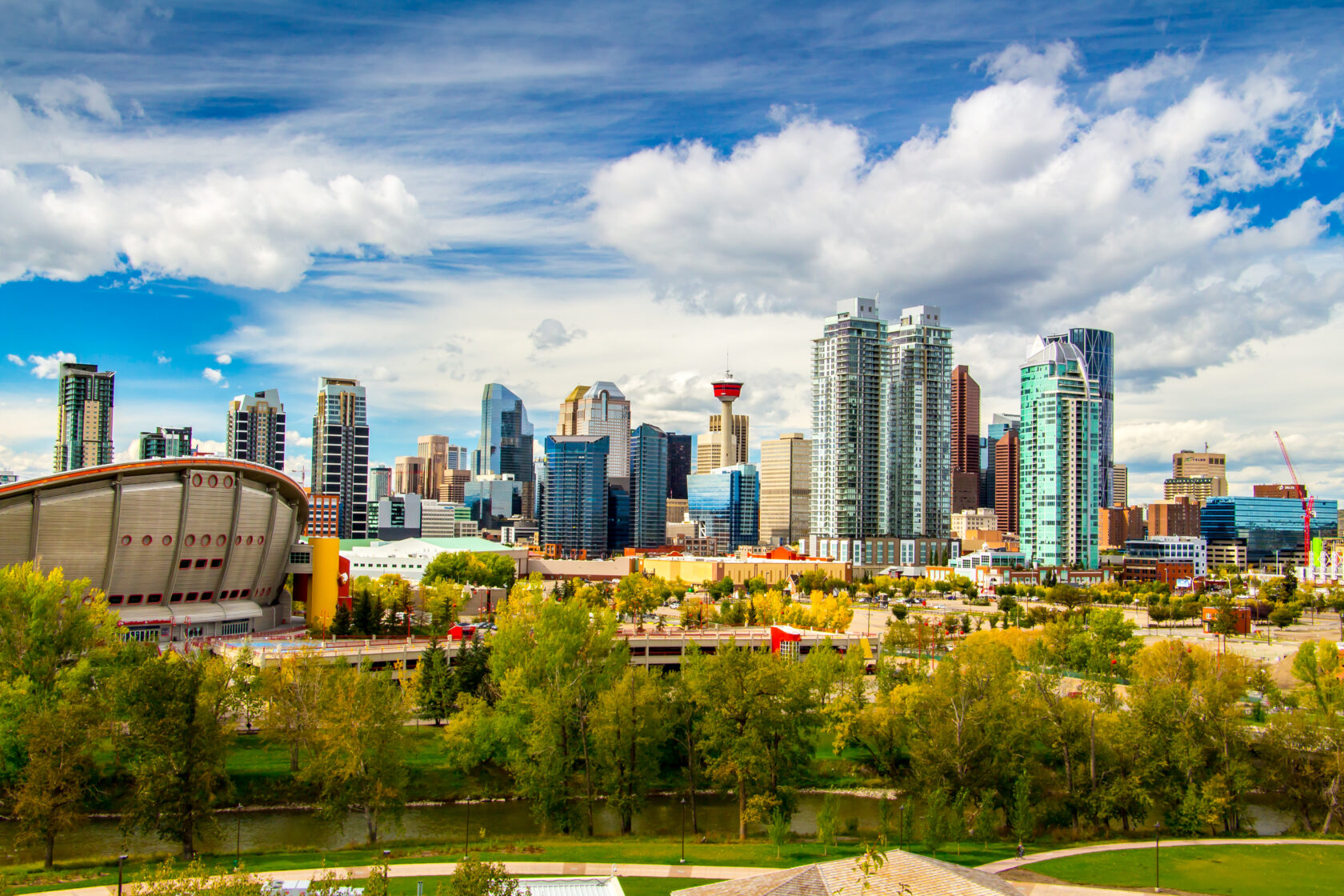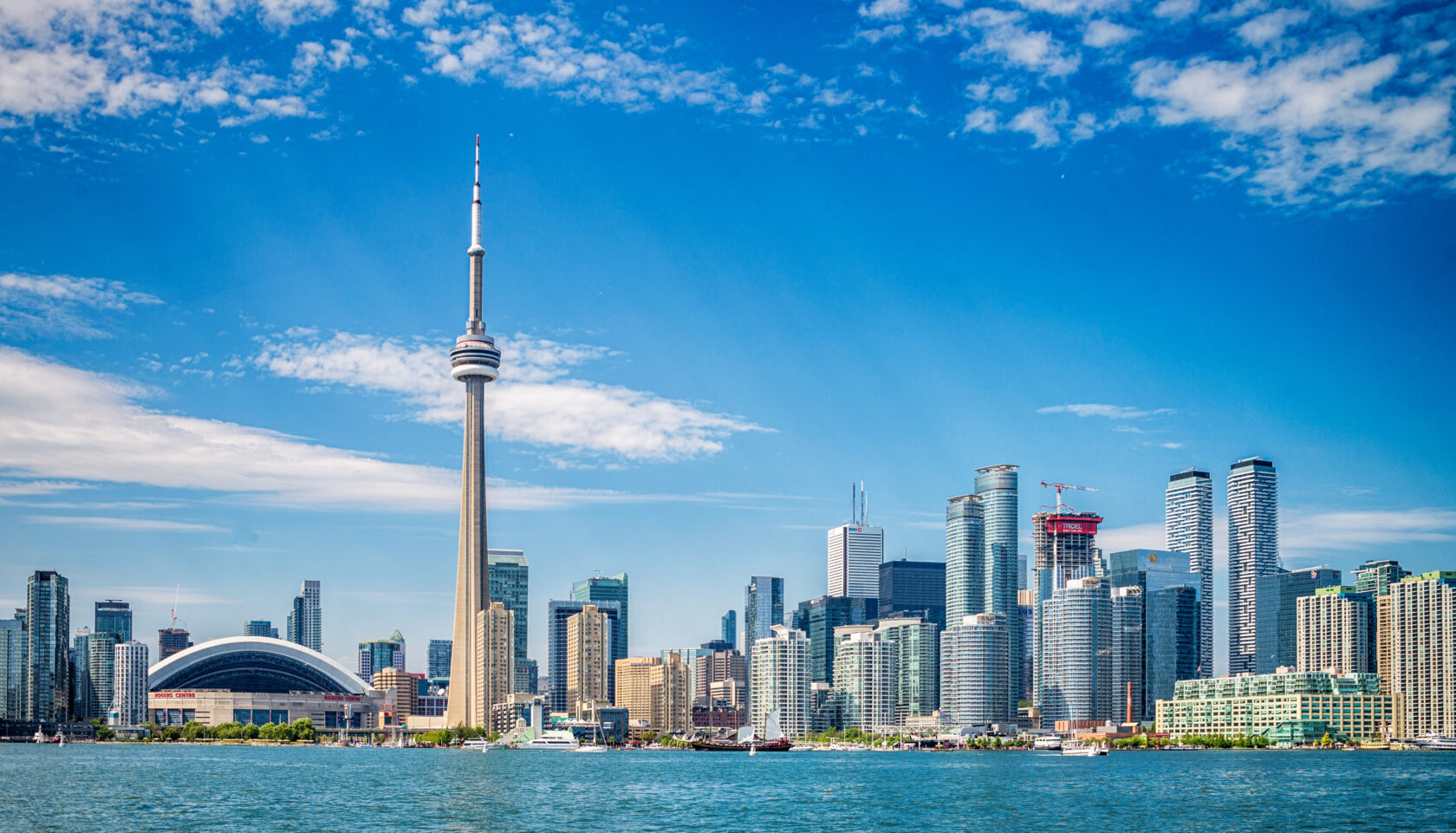Even though the housing affordability in Canada is looking like it’s nearly impossible to buy, people are still trying to find ways around moving into a new home.
Roughly half the buying population are Millenials or Gen Z’s. 15% of people grew their savings during the pandemic’s peak in hopes to put a down payment on a new home. From affordable locations to barriers and more, let’s look at Canada’s housing affordability in 2021.
Whether it is a basement suite or a simple room, people looking to buy are also seeking mortgage helpers to dip their toes into the real estate world. 42% of Canadians stated that the high price of real estate was a bit of a deferral when looking to buy.
33% of the population are looking for alternative ways to afford a home. With the increased prices, most Gen Z and Millenials consider alternate regions to keep affordability a possibility.
Vancouver and Toronto consistently struggle with their housing affordability due to high demand and low supply.
Although, not everywhere in Canada is the same as these two cities. Places such as St. John’s and Regina are quite affordable for homebuyers in comparison to other places.
Vancouver
Vancouver remains Canada’s least favorable in terms of housing affordability. The city reflects an impractical market. This is due to its interest rates and poor employment conditions.
On the bright side, with the current travel restrictions brought by the pandemic, Vancouver sees a halt in people buying from out of the country. Many people currently investing aren’t just a singular person or a couple. Instead, friends and family are pooling money together to buy a home.
Calgary
In Calgary, housing affordability is between the right price and going a little over budget. People are willing to spend a little more to get exactly what they want. The most common home to purchase is single detached homes.
Even though living in Calgary is more affordable than in Vancouver, tightened lending rules and low supply are slowing Canadians ability to invest. With prices already cooling in this area, we will see more homes become affordable to those looking to buy.
Edmonton
Similar to Calgary, people in the Edmonton area want exactly what they imagine for a new home. Housing affordability here shows high rental rates as a mortgage helper. Edmonton also sees reasonable interest rates when buying and favorable employment conditions. This has people seeking out places to buy in and out of the city without thinking twice.
Those moving or already residing in Edmonton are seeking homes with backyards. Most affordable living in Edmonton includes a two-bedroom bungalow and a basement with the option to renovate it into a suite.
Toronto
Toronto is seeing many detached single homes and condominiums hitting the market. Most of which are selling fast for asking or higher than the asking price. Most people in Toronto are willing to push their budgets to get the home they desire. Toronto also sees a return in immigration with low housing options.
Barriers like this are impacting home buyers to either wait for a house in the city or navigate away to smaller towns. To sum up housing affordability in the Toronto area, there are no hints towards the market cooling. Until they do, many choose to rent until they see some numbers decline.
Ottawa
For those seeking an affordable house in an Ontario city, Ottawa is where people are pivoting towards. Prices are still on the rise but nothing compared to Toronto. The condo market sees a significant investment increase. People are shifting from owning property to a 2 bedroom with strata.
In terms of the real estate market, Ottawa could see the same barriers Toronto sees. This is a result of immigration numbers going up, low employment, and tightened mortgage lenders. But for now, housing affordability in the Ottawa area is looking good.
St. John’s
Lastly, for those looking to buy, St. John’s and Regina is deemed the most affordable living in Canada. Three-bedroom detached homes are gaining popularity. Pricing ranges between $300,000 and $400,000, which is a steal of a deal.
Eye-catching interest rates and affordability has brought St. John’s a high volume of new home buyers. With the past steady decline since 2014, the current rise in property sales has restored confidence in the local real estate market.
What is stalling buyers?
With all the information given regarding housing affordability in these areas, the most significant trend we are seeing is interest rates. Interest rates have seen a decline since 2020. Lower interest rates opened opportunities for people to buy.
Now, with an influx of buyers, the prices on the market rose due to high demand. Higher selling price results in a higher down payment. On the bright side, these conditions will most likely see some changes as Canada begins to open up and lift restrictions.
Another common factor hindering housing affordability is people not utilizing their First Time Home Buyers Incentive (FTHBI). Many home buyers are unaware of FTHBI. FTHBI gives those looking to buy their first property, a lower down payment. First-time homebuyers can even get assistance with the payment itself. Only 35% of Canadians used the FTHBI this year.
From the high prices of Vancouver to the affordability of St. John’s, the real estate market has and is still seeing a shift. This is due to economic factors and the current pandemic. For more information and to see the housing affordability index, go to RE/MAX Canada today!


